Mnemoverse
Memory as Worldview
AI has perfect recall but zero memory. Paradox?
We're building the first spatial memory engine transforming retrieval into genuine remembering. Do you want one?
The AI Memory Paradox
Perfect recall alone doesn't make memory. Memory is a connected model of the world at the right level of detail, built in real time.
Billions of Vectors, Billions of Parameters
Vector databases store billions of embeddings. Foundation models compress world knowledge into billions of parameters. Information is abundant, perfectly stored, instantly retrievable.
No Structure, No Experience
Data isn't memory. Without knowing what matters, how data links, and at what granularity, raw data stays inert. Memory is context, relevance, and traces of past use—it's true experience.
The Resolution: Memory & Cognitive Engine
Think of memory not as static storage but as a scene rendered on demand— built in real time around ongoing computation. Like a metaverse engine crafts a world view, this engine activates only the memory structures you need, at precisely the level of detail required by context. No waste. No clutter. Just information that matters.
Why Memory for AI Is Inevitable
LLMs train in batches so we get a new representation of the world every half of the year if they succeed. Memory is a coherent model of the world at the right level of detail, built in real time.

LLM Context Ceiling
Vector databases and long context windows grow, but lose connections, priorities, and memory between sessions. Even with a million tokens — still a "goldfish on steroids."
The Scale Problem
Even with 1 million token windows, LLMs forget the beginning of conversations: only ≈ 10% of tokens carry meaning, the rest is noise and cost. Large context processing can take minutes, with costs growing quadratically as context length increases.
RAG Limitations
Vector databases add search but don't support prioritization, forgetting, or data linking. RAG extends effective memory but only retrieves similar data — without understanding importance, connections, or the need for forgetting.
Lack of Persistence
Every new session starts from zero. No learning between conversations, no experience accumulation, no relationship development. Result — everything is stored, but nothing is truly remembered.
Fundamental Architectural Problem
This isn't a bug that can be fixed — it's a consequence of treating knowledge as flat data. We're trying to model a multidimensional universe on a one-dimensional line of text.
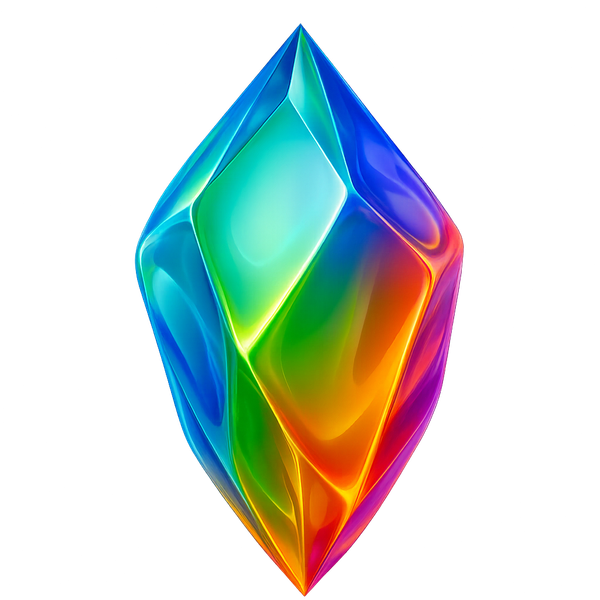
GPU & Game-Engine Breakthrough
Parallel GPUs and engines like Unreal/Omniverse already dynamically stream scenes — now they can stream memory at the same speed and scale.
Why GPUs Are Key
GPUs (Graphics Processing Units) were originally designed for rendering video game graphics, but their parallel processing power makes them perfect for AI. Here's how Mnemoverse uses them:
Dynamic Memory Space Construction
GPUs generate the hyperbolic memory space on the fly. For example, the NVIDIA RTX 5090, with 32 GB of GDDR7 VRAM and 21,760 CUDA cores, can process scenes with 10 million elements at 60 frames per second. This lets the memory space adapt instantly to the AI agent's focus, ensuring the most relevant information is always front and center.
Lightning-Fast Searches
Finding one memory among billions is a massive task. GPUs accelerate this with algorithms like k-Nearest Neighbors (k-NN). On an RTX 5090, searching 1 million memory nodes takes under 10 milliseconds—far faster than a CPU could manage.
Evolving Memories Over Time
Like human memories, Mnemoverse memories shift and evolve. GPUs simulate this for billions of nodes. Updating 1 billion memory elements on an RTX 5090 takes just 0.05 seconds, allowing the system to grow and adapt as the AI learns.
Training Smarter AI
We use GPUs to train AI models in hyperbolic space, which excels at organizing hierarchical data. Embedding 1 million memories into a 64-dimensional hyperbolic space takes minutes on a GPU, compared to hours on a CPU, making the system scalable and efficient.
Managing Huge Data
A single GPU with 32 GB of VRAM can handle billions of memory nodes. For instance, 1 billion nodes (each 256 bytes) would need ~256 GB, but with compression and multi-GPU setups, we keep it manageable.
Example in Action
Imagine an AI assistant you've used for years. You ask about a chat from two years ago. Without GPUs, searching that data might take seconds—too slow for a smooth reply. With Mnemoverse, the GPU-powered system finds it in under 10 milliseconds, responding instantly as if it never forgot. This speed makes the AI feel more human and helpful.
Why It's a Game-Changer
GPUs don't just speed things up—they make Mnemoverse possible. Without their power, this dynamic, scalable memory system would stay a concept. With them, we're creating an AI memory revolution today, transforming how machines learn and interact with us.
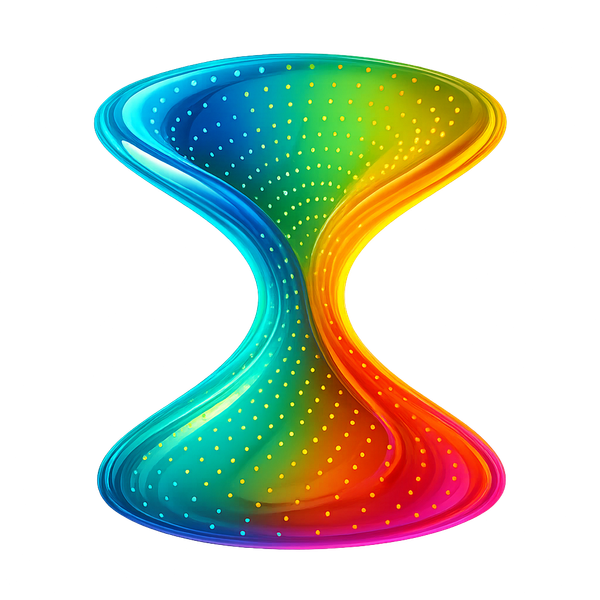
Hyperbolic Geometry & LOD
Hyperbolic space compactly fits hierarchies; LOD delivers exactly the right level of detail. Mathematically proven superiority over Euclidean approaches.
Optimality of Hyperbolic Geometry
In the Poincaré disk, a tree with 10⁶ nodes distorts by only O(log n), while Euclidean space gives exponential distortion. For hierarchical structures, hyperbolic geometry is mathematically optimal.
Natural Hierarchy
Exponential volume growth in hyperbolic space perfectly suits knowledge representation — important concepts stay close to center, details naturally move to periphery.
Level of Detail for Memory
At distance you see general concepts, when approaching details emerge. Query radius R at scale σ equals physical distance R/√σ with error O(σ).
Proven Efficiency
Theorem: hyperbolic embedding achieves optimal distortion O(log n) for hierarchical structures among all constant curvature spaces. Algorithm answers queries in logarithmic time with proven bounds.
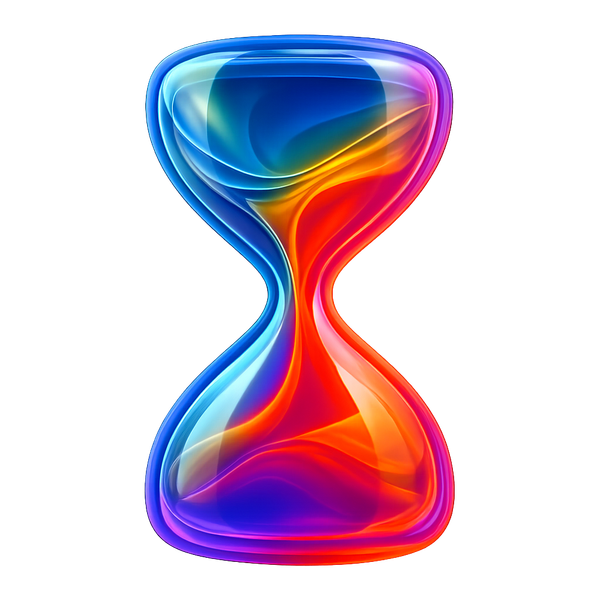
Self-Organising Memory Layer
Mnemoverse — an intermediate layer that learns and rewires connections in real time, without retraining the model. Memory becomes alive.
Dynamic Architecture
LLMs train in batches every six months. Mnemoverse sits between model and world: every new event immediately enters hyperbolic space, creating a living, evolving memory system.
Context-Sensitive Geometry
The metric tensor adapts to attention distribution, with attention literally curving cognitive space. This makes relevant memories geometrically "closer" and easier to access.
Diffusion and Information Preservation
Memories naturally diffuse and decay over time, but total information is preserved through controlled diffusion dynamics. This models realistic forgetting while maintaining system stability.
Global Stability
The cognitive system is mathematically proven to converge to stable configurations. This ensures predictable behavior and prevents runaway growth or collapse.
How It Works
Simple, powerful memory for AI

GPU‑Native k‑NN
Speeds up finding similar memories and knowledge using GPU power.

Hyperbolic Geometry Engine
Arranges data in a space that shows hierarchies clearly.

World‑View‑On‑Demand
Pulls up only the memories the AI needs right now.
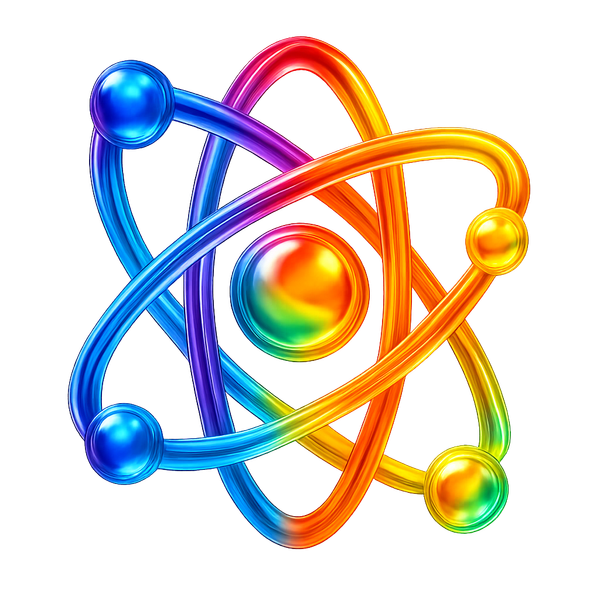
Atomic Nodes
Stores data and connections in tiny memory units.
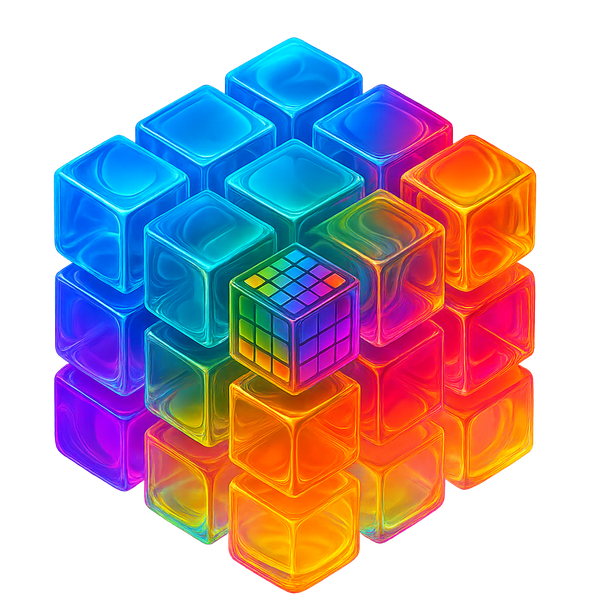
LOD Streaming
Delivers data with just the right level of detail on demand.

Episodic Trails
Tracks AI actions like a map to learn from the past.
